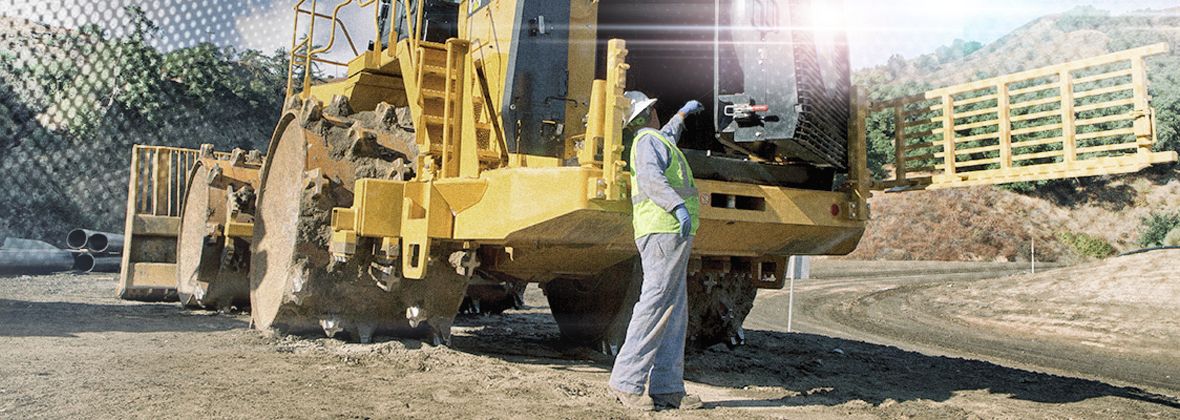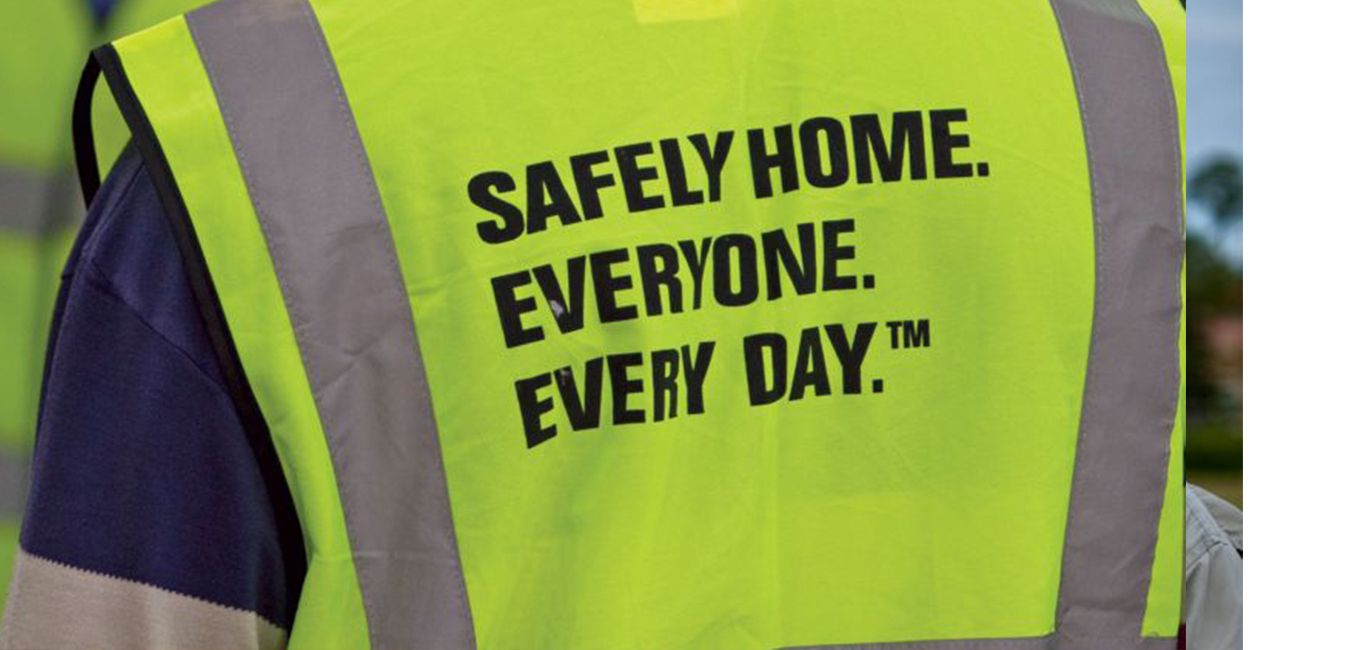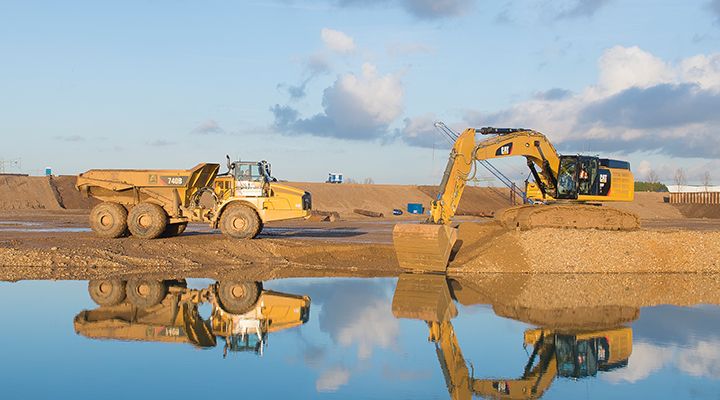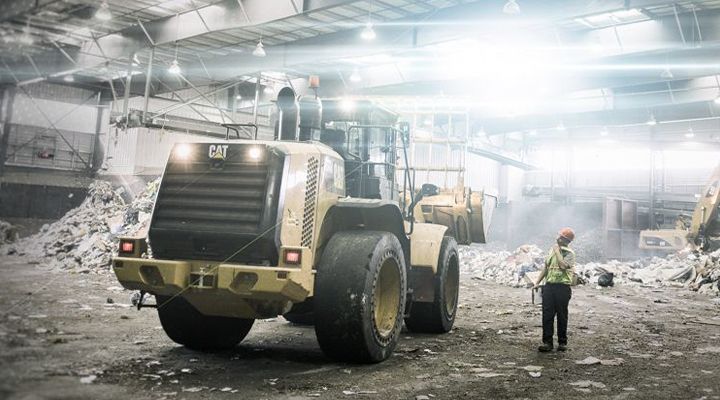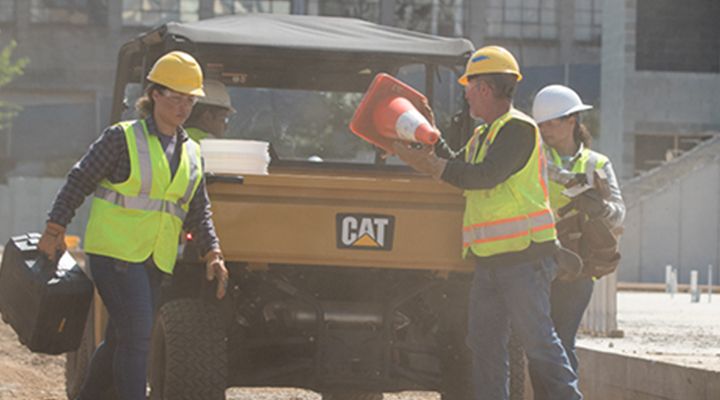

Sign In
Welcome! Sign In to personalize your Cat.com experience
If you already have an existing account with another Cat App, you can use the same account to sign in here
Register Now
One Account. All of Cat.
Your Caterpillar account is the single account you use to log in to select services and applications we offer. Shop for parts and machines online, manage your fleet, go mobile, and more.
Account Information
Site Settings
Security
Five Steps to a Safe Shift
MAKE SURE YOUR OPERATORS GO HOME SAFELY
The latest full-year safety data from the Bureau of Labor Statistics proves there’s still work to be done in the waste industry. In 2017, there were 12 fatalities involving landfill, material recovery facility (MRF) and transfer station employees. Injury rates also rose for both landfill and MRF workers. That led industry leaders to call for a renewed safety focus on the job.
At Caterpillar, we support that wholeheartedly. Safety is the first and most important topic we cover as we conduct operator training at waste facilities across the country. Here are five steps we encourage operators to take every shift to help ensure they (and their coworkers) go home safely. Please share them with your team.
STEP 1: START WITH A THOROUGH WALKAROUND.
The first step to a safe shift is conducting a thorough walkaround to make sure your machine is as ready to go as you are. Even if you’re under pressure to get in the cab and get to work, don’t skip this critical step. You should be able to complete a detailed check in 10-15 minutes. A few tips:
- Conduct your walkaround in the same order every day. You’ll be more likely to notice if something’s off or not quite right.
- Check all systems, keeping an eye out for cracked welds, loose lug nuts or bolts, black marks on the paint — anything out of the ordinary that could lead to a malfunction and a safety issue.
- Remove any built-up debris or waste around the engine compartment, where it could increase the risk of a fire, and on the ladder or steps, where it could lead to trips and falls.
- Perform a visual scan of the work area as well as your machine and make note of any potential hazards. They may be trickier to see once you’re in the cab.
STEP 2: CLIMB ON BOARD CORRECTLY.
Once you’re confident your machine’s in good shape for the shift ahead, you’re ready to get in the cab. Did you know this is where most heavy equipment injuries occur? To avoid a fall, maintain three points of contact — two hands and a foot, or two feet and a hand — on the machine as you mount or dismount. And never try to get on or off equipment with tools or other items in your hands.
STEP 3: BUCKLE UP.
Now that you’re safely on board, it’s time to strap yourself in for the day’s work. As you buckle up, check the condition of the seat belt. Caterpillar recommends replacing seat belts at least every three years because they can degrade in tough applications (like waste). If yours is showing signs of wear, let your supervisor know immediately that it needs replacement. Then, confirm all systems, controls and the backup alarm are in good working order before you put the machine in motion.
STEP 4: NEVER STOP SCANNING.
During your shift, you’ve got plenty to focus on — but don’t get so caught up in the job you forget to take note of your surroundings. Operating equipment safely in a waste environment requires constant scanning of the work area. Be vigilant as you keep an eye out for airborne material, potential fire hazards and, most importantly, other machines and people in the vicinity. Also:
- Employ the three-point scan technique: Check your backup camera, check your mirrors, then check for yourself by turning and looking in the direction you plan to move.
- Look in reverse before you move in reverse. The natural tendency, especially with joystick control, is to hit reverse, then turn to look behind — but on average, about 3-5 seconds pass before you get your eyes behind you. Think about how far your machine can move in those few seconds.
- Don’t let cameras or technology make you complacent. Almost every piece of equipment today comes with a backup camera, and some offer cameras on the sides as well for a 360-degree view. Systems like Object Detection and Cat® Detect Personnel use radar to alert you when your machine gets too close to objects or people. They’re all great tools to improve safety, but they’re just that — tools. Never let them take the place of looking and double-checking for yourself.
STEP 5: END YOUR DAY THE WAY YOU STARTED.
When the shift’s over, everyone’s naturally in a hurry to get out of the machine and head home. Don’t let this be moment you let your guard down. Instead, slow down and make sure you always:
- Put your machine in neutral or park, engage the parking brake and lower the implement BEFORE you get out of the seat. (You should do this every time you get out of the seat during your shift, even if you don’t physically leave the machine.)
- Maintain three points of contact as you dismount the machine.
- Do a quick visual scan of your machine once you’re on the ground. Look for any damage or other indicators that a problem may be imminent.
- Check your surroundings for other machines or vehicles on the move before you walk away.
For more tips on how to keep yourself and others safe at the landfill, MRF(material recovery facility) or transfer station, head to safety.cat.com. There you’ll find Toolbox Talks, start-up and shut-down checklists for various machines and other helpful resources. This waste-specific safety video is another great tool.
RELATED ARTICLES
You’re here to get ideas to grow your business. Read on for machine insights and expert tips and tricks to get more out of every job.
-
Smart Sites, Safe Sites
Learn how contractors, aggregates producers and other equipment owners are using Cat® Technology to enhance safety and manage risk.
Learn More -
5 Ways to Get to Zero Injuries
Tips for installing a culture of safety.
Learn More -
Reduce Risky Business on the Worksite
Technology that improves safety performance will also reduce risk and downtime.
Learn More -
Sobering Facts about Substance Abuse in Construction
Substance abuse is a big problem for construction employees. In fact, a 2015 study from the Substance Abuse and Mental Health Services Administration (SAMHSA) concluded that the construction industry has more drug and alcohol abuse than any other sector except for hospitality and food service.
Learn More
